 OMAD: Is The One Meal a Day Diet Healthy?
OMAD: Is The One Meal a Day Diet Healthy?
The OMAD, or “One Meal a Day” diet is an increasingly popular form of intermittent fasting. It involves a one-hour eating window and 23 hours of fasting within a 24-hour period. While OMAD has some incredible health benefits to offer, including improved insulin sensitivity, better fat burning, and increased energy efficiency, it may not be right for everyone.
My aim with this article is to help you determine whether or not OMAD is right for you and to teach you how to practice OMAD the healthy way. You will learn what OMAD is, how to practice OMAD, its benefits, who should do OMAD, and the best strategies to practice OMAD.
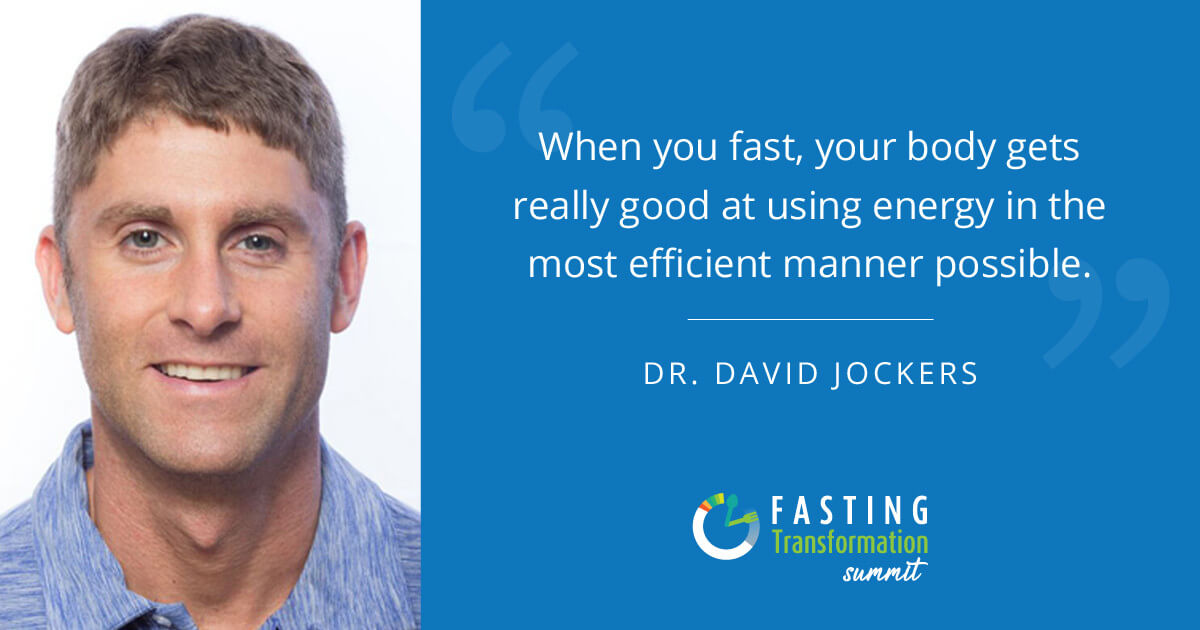
What Is OMAD?
OMAD stands for “One Meal a Day” diet. It is a form of intermittent fasting, which is a form of fasting that is cycling between periods of eating and fasting. There are a variety of forms of intermittent fasting strategies you can practice, including the 5:2 fast, alternate day fasting, and Crescendo fasting. You can learn more about other forms of intermittent fasting that I recommend in this article.
OMAD is an increasingly popular form of intermittent fasting method that keeps your eating window shorter than other strategies. When you are practicing OMAD, you are only eating one meal a day. What does this mean? It means that you eat all your daily calories in just one single meal within a one-hour eating window, and fast for the remaining 23 hours of the day.
OMAD allows you to enjoy the health benefits of fasting with a straight-forward method. People who are practicing OMAD love that this method simplifies their schedule. There is less meal prepping and less time spent scheduling meals.
The ideal time to break your fast on OMAD is between 4 and 7 pm. This way you can enjoy dinner with your friends and family, able to digest your food before going to bed, and stay light and energized during the day.
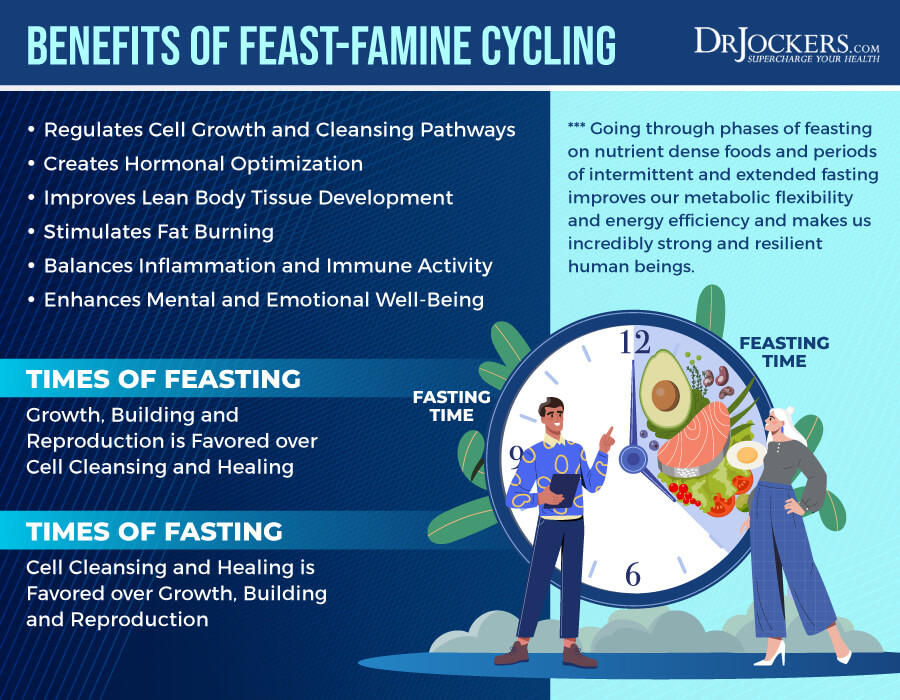
Why Would Someone Practice OMAD?
Still, you may wonder why OMAD? From an ancestral standpoint, humans were never meant to eat three scheduled meals and possibly some snacks during the day. Our early ancestors ate when food was available. Their bodies adapted to keep their brains and bodies healthy and performing at an optimal level even when food wasn’t available. While this may seem like a long time ago, we are actually much closer to our ancestors than you would think.
Intermittent fasting strategies try to mimic the way our ancestors lived, and OMAD is one of the best ways to get to this natural way of being. Intermittent fasting, including OMAD, can activate your stress response pathways to enhance your mitochondrial performance, boost autophagy, maximize DNA repair, trigger beneficial metabolic changes, help weight loss when needed, prevent inflammation and chronic disease, and supercharge your body overall (1, 2, 3, 4).
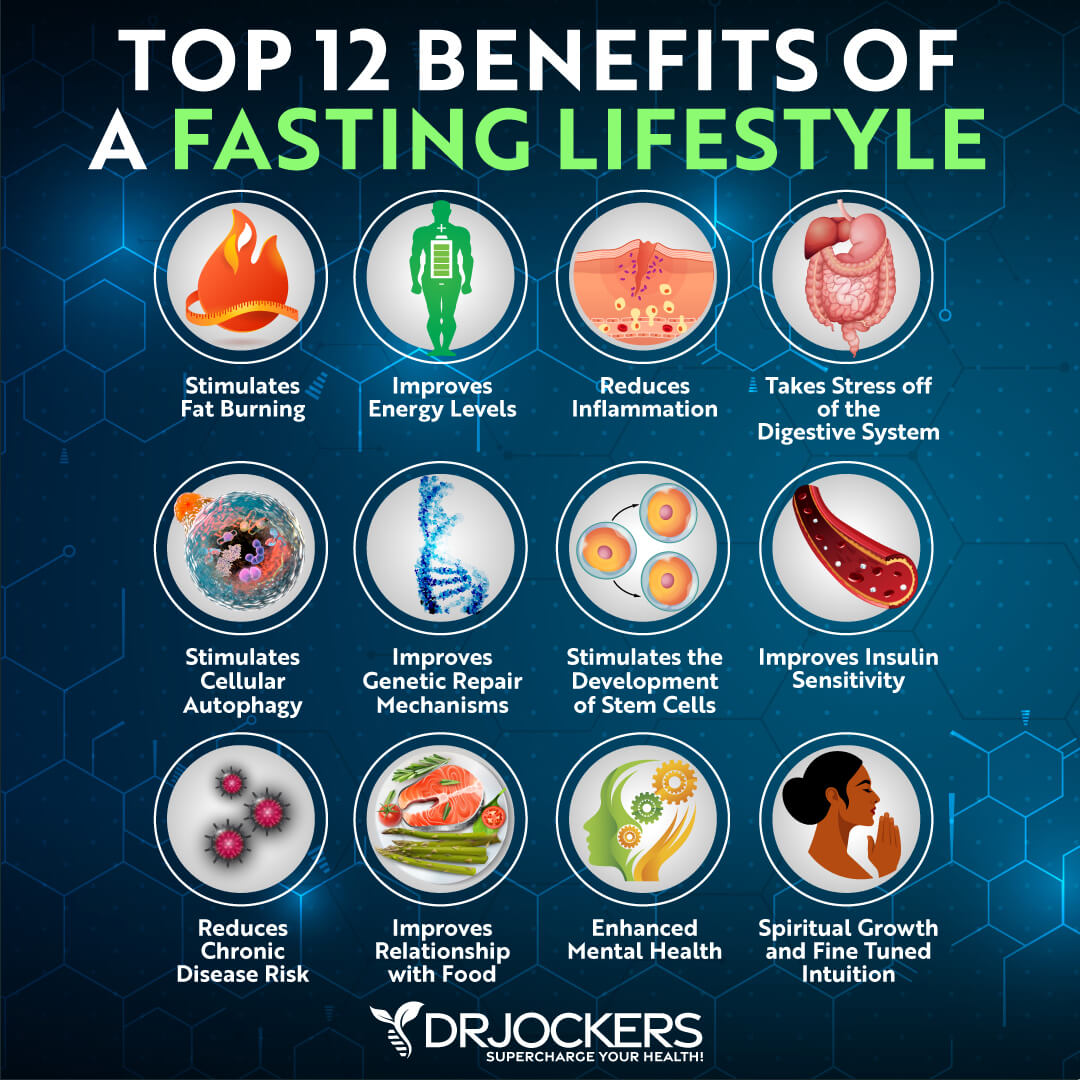
How to Practice OMAD
To practice OMAD, you have to remember four things: one meal, one plate, one beverage, and one hour. You also need to remember to be gentle with your body and ease into OMAD. If you are new to fasting, a gradual transition can set you up for success (5).
One Meal
Just like the name of the diet suggests, on OMAD, you are only going to be eating a meal a day. This means you have no cheat meals, snacks, smaller meals, or any other food during the rest of the day.
It is important that you remember that OMAD is not a starvation diet. Your goal is to meet all your calorie needs in this one meal during your eating window. Eating higher fat foods will be the best choice to meet your needs. It is also important to remember that OMAD is all about your health. This means that you should be consuming a nutrient-dense meal with lots of healthy fat, protein, greens, and vegetables, instead of filling up on junk food.
One Plate
Using one plate for your one meal is a helpful tool to guide you and help you to understand how much food you are eating. Use an average sized dinner plate and fill it up to 3 inches high with plenty of healthy fats, protein, and fiber-rich veggies. To help your food choices, you can check out this article for an anti-inflammatory food pyramid.
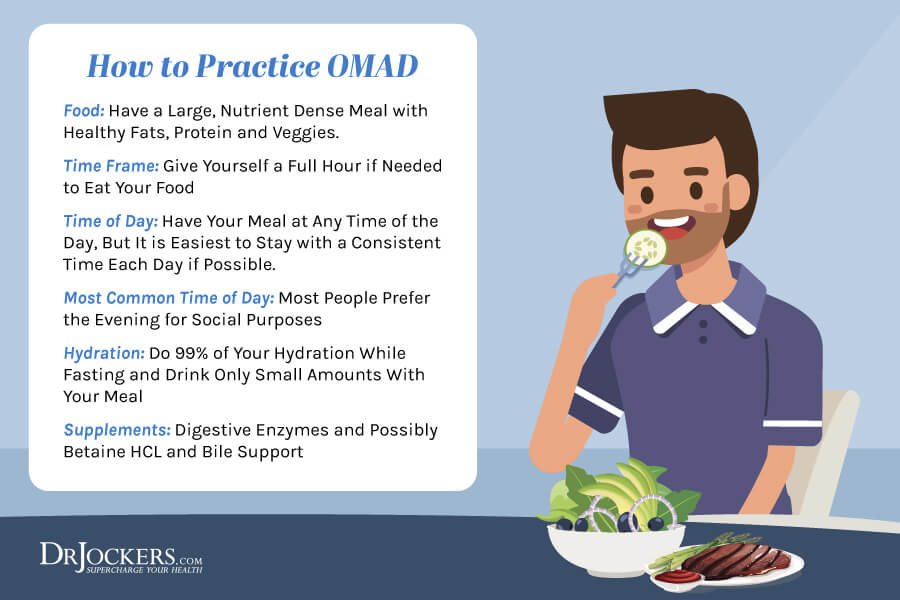
One Beverage
During your meal, I recommend drinking as little as possible and doing your best to limit it to 4-6 ounces at the most. You may drink water, herbal tea, wine or green juice. Drinking too much will dilute your digestive juices and can also make you too full to meet your calorie and nutrient needs in that one meal.
I typically find that as long as you hydrate very well outside of meal times and eat vegetables that have natural hydration, you won’t need a beverage with your meal. You may just have something to help swallow the supplements you are taking or perhaps a bit of Dry Farms red wine to enjoy with your meal.
Ideal Time to Eat
The ideal time to eat your meal is between 4 and 7 pm, however, if it works better for your schedule, you may eat between 12 and 4 pm. Choose a four-hour window that works for your schedule. During this four-hour window, you are going to eat your meals within one hour. Your exact meal time is your choice. Just make sure to keep it at one hour.
Sit down to eat. Eat mindfully and chew your food well. Don’t rush, however, aim to complete your entire meal within the one hour window.
Fasting Period
Once you are done with your one meal for the day, a 23-hour fasting period begins. During this fasting period, you will not be consuming any food, including snacks, or any caloric beverages until your next eating window. You will want to make sure you hydrate well during the fasting period.
Easing Into OMAD
I recommend that if you are not yet familiar with fasting, you don’t jump into OMAD right away. Start with a gentler form of intermittent fasting such as Crescendo Fasting and build your fasting muscle up first before easing into OMAD.
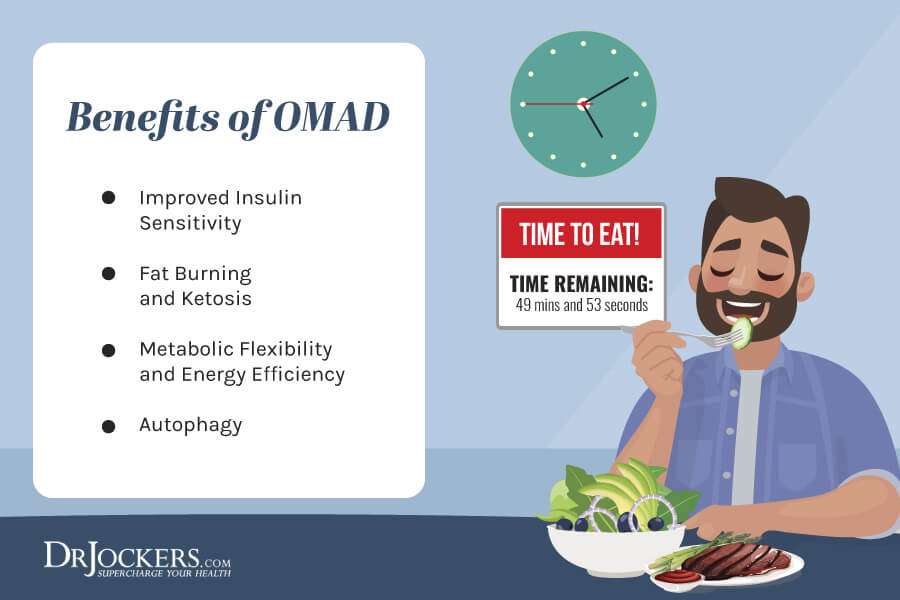
Benefits of OMAD
Practicing OMAD can provide your body with a variety of benefits, including improved insulin sensitivity, fat burning and ketosis, metabolic flexibility and energy efficiency, and autophagy.
Improved Insulin Sensitivity
Insulin is an important hormone in your body that assists glucose molecules to find their way into your cells. Insulin also stimulates two processes in your body, called glycolysis and lipogenesis that help your body to burn glucose for fuel and increase your fat storage. The higher your insulin levels are the more problems occur in the body as you can see in the image below.
The problem is that high carbohydrate foods and frequent feeding can increase your levels of inflammation and as a result increase your risk of chronic health issues. Fasting, including OMAD, can improve insulin sensitivity, lowering the amount of insulin you need and this reduces inflammation, improves nutrient delivery, and lowers fat storage in your body (6).
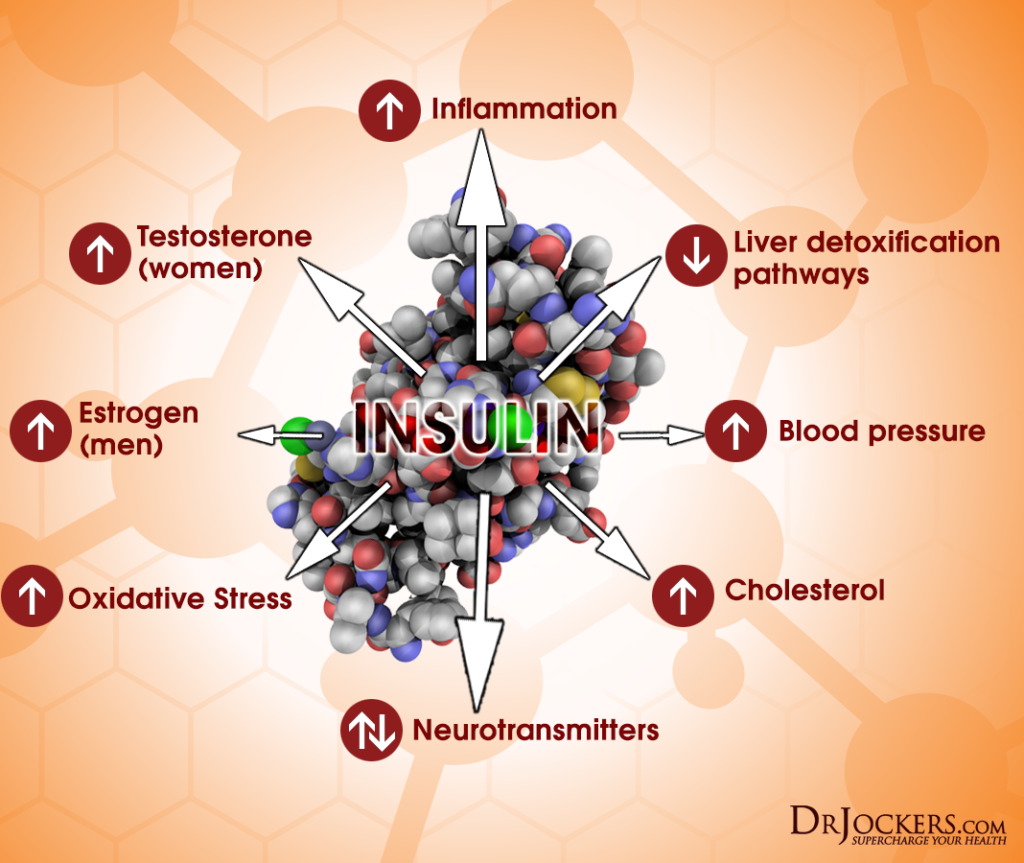
Fat Burning and Ketosis
When you are fasting during OMAD, your body begins to use alternative fuel instead of what it’s used to. First, it burns up any stored sugar called glycogen, but then it begins to burn fat producing ketones. Ketones are three water-soluble molecules produced by your liver from fatty acids during fasting, prolonged intense exercise, food restriction, starvation, famine, carbohydrate-restricted diets, alcoholism, and type-1 diabetes. Ketones are then converted into acetyl-CoA that enter the Kreb cycle to aid the mitochondria in more energy production.
During this process, your body becomes fat adapted. Being fat adapted means that your body develops metabolic flexibility and moves from burning sugar to fat. As a result, OMAD can support fat burning hormones, help fat burning, and aid weight loss (7).
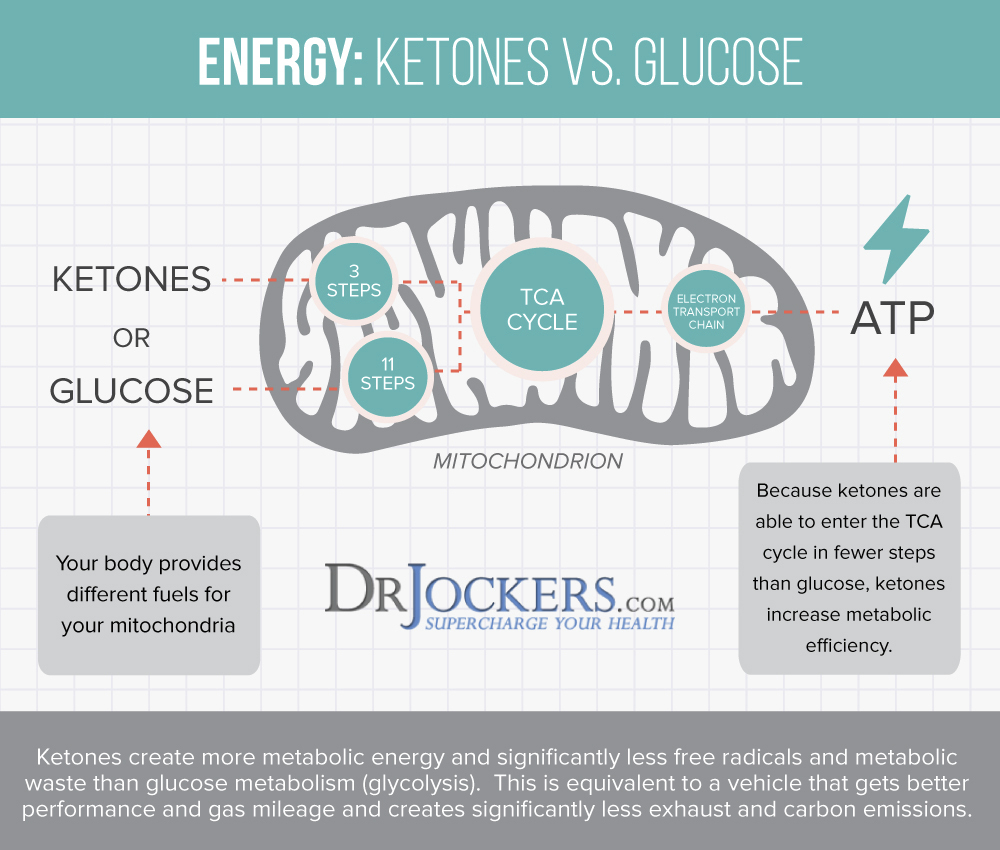
Metabolic Flexibility and Energy Efficiency
Ketones are a clean and energy efficient form of fuel. Intermittent fasting, including OMAD, can help your body to become keto-adapted and create more energy with less oxidative stress
Fasting during OMAD and ketosis can both stimulate mitophagy, which allows your body to break down old and damaged mitochondria and replace them with new, healthier ones. This process results in increased cellular energy that can improve metabolic flexibility and energy efficiency (8).
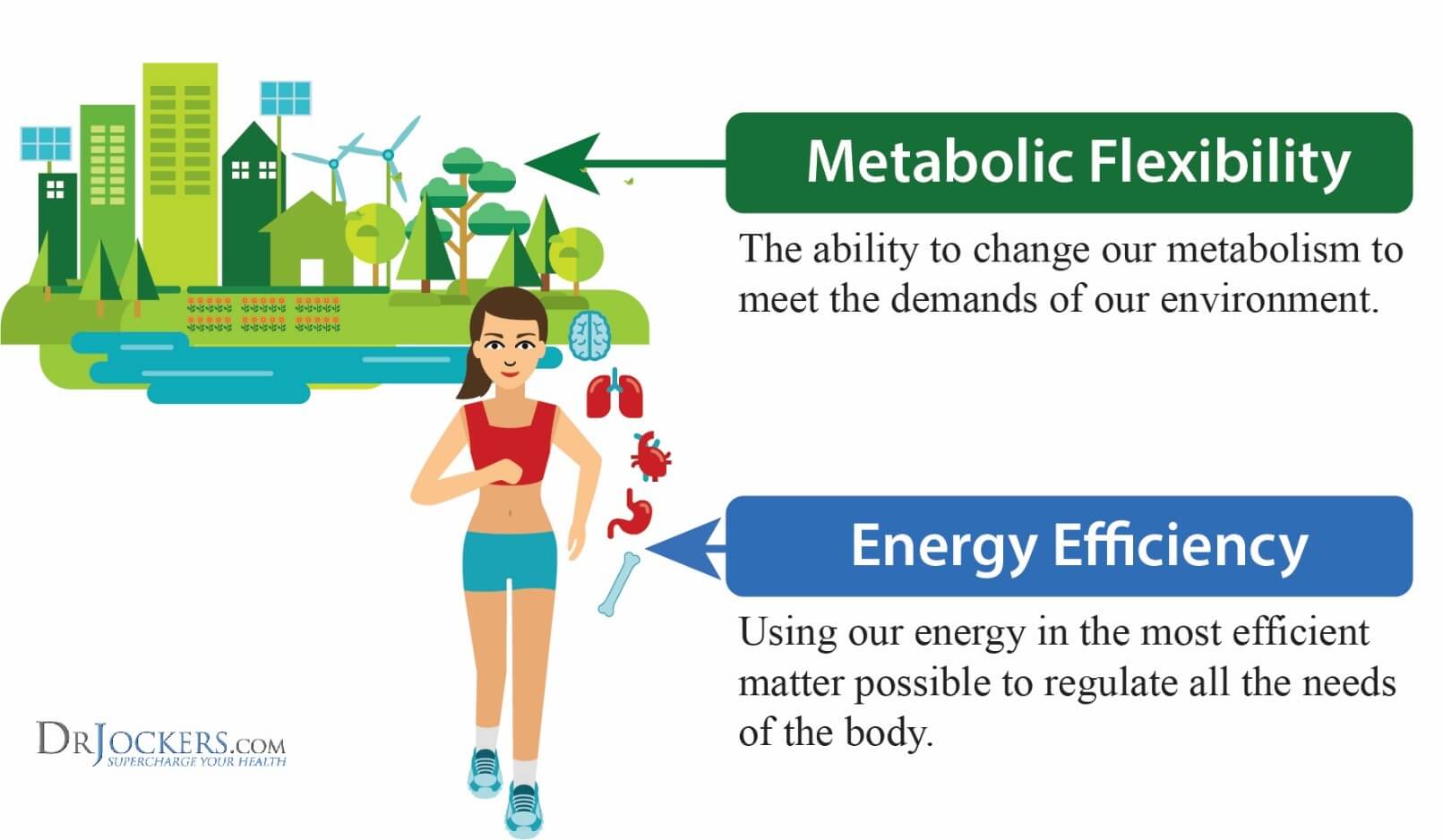
Autophagy
Intermittent fasting strategies, including OMAD, can improve autophagy. Autophagy is an essential part of your innate immune system. It can be also described as the process of “self-eating” when your cells destroy and recycle their own parts, and create new, healthier cells.
Fasting can also help the process of mitophagy, which is an important element of autophagy. Through mitophagy, your body metabolizes damaged and old mitochondria, allowing more space for new, better-functioning mitochondria. With the help of new and healthier mitochondria, your body becomes more resilient to inflammation, chronic stress, chronic pain, chronic diseases, and aging (9).
You can read more about autophagy in this article.

Who Shouldn’t Do OMAD
While OMAD can be beneficial for most people, some people shouldn’t do OMAD for a variety of reasons.
Pregnant, Breastfeeding and Children
Pregnancy and breastfeeding are all about nourishing your baby. During this time, your body needs extra calories to grow or breastfeed your little one. Practicing OMAD may increase your risk of not getting all the calories you need for yourself and your child, and it may also run the risk of dehydration and decreased milk supply.
Children, especially in their formative years, need plenty of nutrients to grow and develop healthily. This is also a time for them to develop a healthy relationship with food. Practicing OMAD may be too restrictive for children and may run the risk of not getting enough nutrients or otherwise feeling deprived.
Other forms of intermittent fasting may not be right for you and your child either for a similar reason. If you want to practice any other forms of intermittent fasting while pregnant or breastfeeding, or with your children, make sure to talk to your healthcare professional first to make a safe decision.
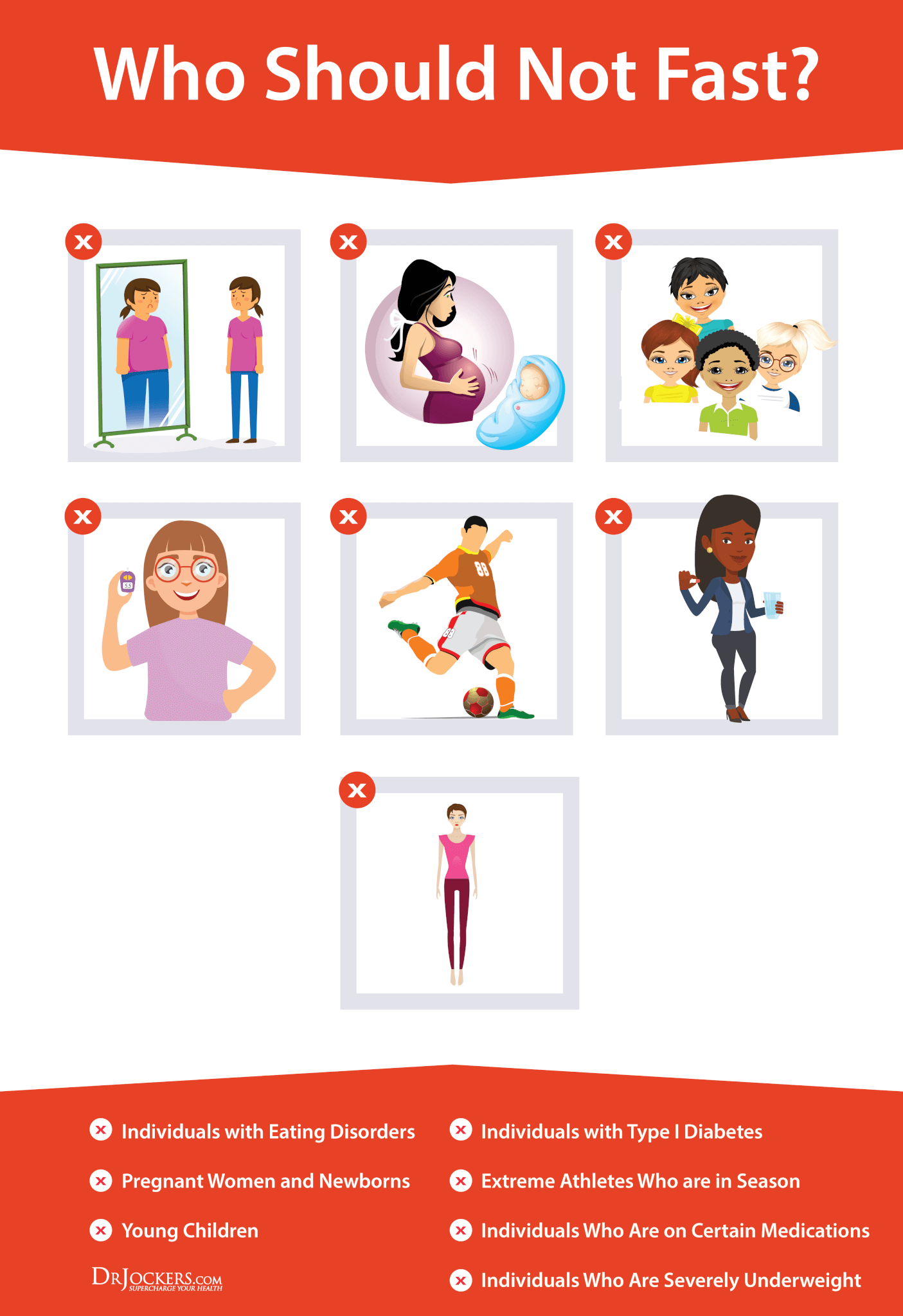
People with Eating Disorders
Some people with eating disorders may try to use OMAD to mask and justify their eating disorder. Fasting, including intermittent fasting and OMAD, can further reinforce the individuals urge to restrict their food intake. However, OMAD is not about restriction, but health and nutrition. If you have an eating disorder, seek professional support, and focus on recovery first.
If you have a history of an eating disorder but have recovered from it, talk to your healthcare and mental health professional to see if intermittent fasting or OMAD is safe for you.
Individuals Involved in High-Intensity Athletics
Individuals in high-intensity athletics have a high caloric and nutrient needs that they may not be able to meet on an OMAD diet. They also need a more steady energy supply to fuel their training and refuel after workouts and competition.
If you are involved in high-intensity athletics, other intermittent fasting strategies may still be right for you. You can find some other intermittent fasting strategies here. Make sure to talk to a healthcare professional and your coach before embarking on any fasting regimen.
People with Thyroid and Adrenal Dysfunction
Fasting for 23 hours straight while practicing OMAD can be stressful on your body. People with thyroid and adrenal dysfunction are already dealing with high-stress levels, elevated cortisol levels, adrenal issues, sleep issues, and fatigue. Intermittent fasting, including OMAD, can make your body release more cortisol, which can be problematic if you have adrenal issues. OMAD may lead to more health issues in these cases, instead of helping recovery (10).
While your thyroid and adrenals are recovering, it is likely better to eat throughout the day until you are healthy again. You may benefit from a more gentle form of fasting, such as Crescendo fasting with only an 8-hour fasting window in the evening and overnight. However, make sure to speak with your healthcare professional before starting any fasting regimen if you have thyroid or adrenal dysfunction.
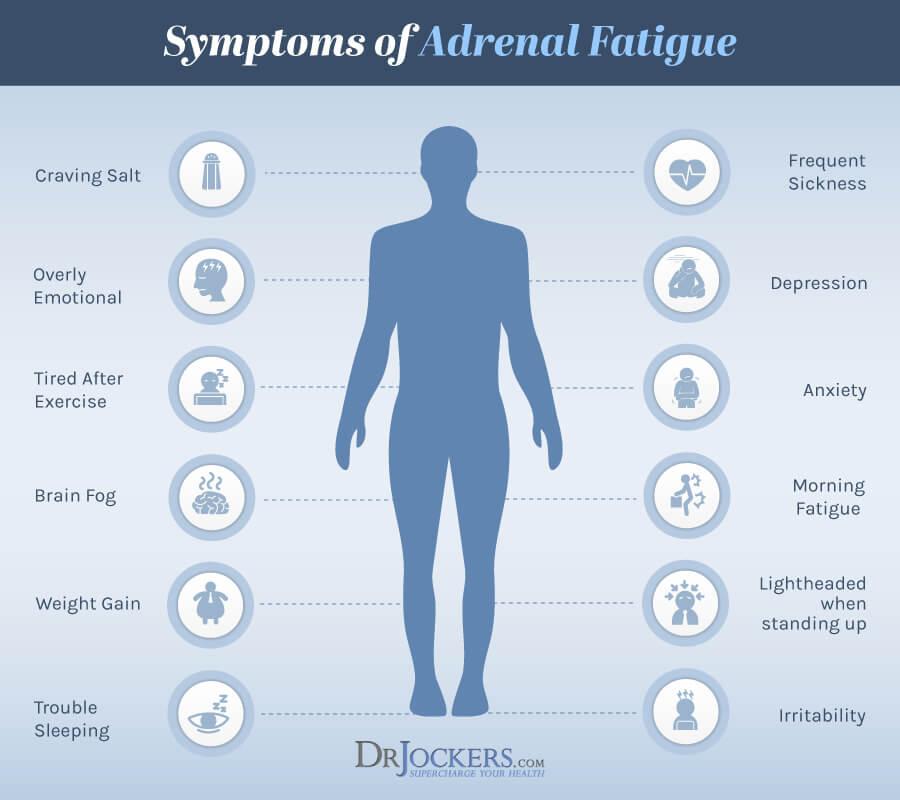
Underweight Individuals
Meeting all your calorie needs within a 23-hour eating window can be challenging. Of course, this may be good news and helpful if you are looking to lose weight. However, if you are already underweight and possibly want to gain weight, it can be problematic, and may even increase your risk of further weight loss.
However, you may still benefit from another form of intermittent fasting strategy if you are underweight. You can read this article on how to prevent weight loss while on the ketogenic diet: intermittent fasting is one of the main tips included.
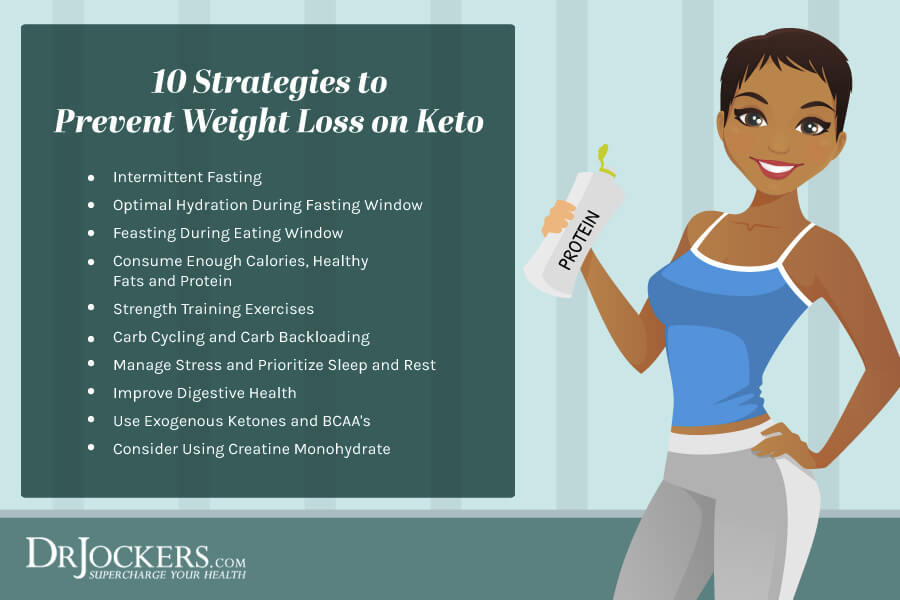
Best Strategies for OMAD
Besides following the main principles of the OMAD diet – one meal, one plate, one beverage, one hour – there are some great strategies you can utilize to be successful on OMAD. Let’s look at my favorite strategies to set you up for success.
Cut Back on Carbs and Get into Ketosis
The extended fasting window of OMAD often leads to ketosis, which is the exact same thing that your body experiences on the ketogenic or keto diet. Studies have shown that low-carb, high-fat diets such as keto can reduce inflammation, metabolic problems, obesity, and chronic disease. Combining the keto diet with OMAD is quite common and can lead to success for many people (11, 12).
Following a keto diet, only 5 – 10 percent of your calories come from carbs. These carbs are high-quality, low-glycemic index carbs, such as non-starchy vegetables, and low glycemic index fruits, such as berries. Instead of carbs, you will be focusing on healthy fats, such as avocados, coconut oil, olives, and grass-fed butter or ghee. About 60 to 80 percent of your calories should come from healthy fats and 20 to 30 percent from high-quality protein. You can learn more about the keto diet plan here.
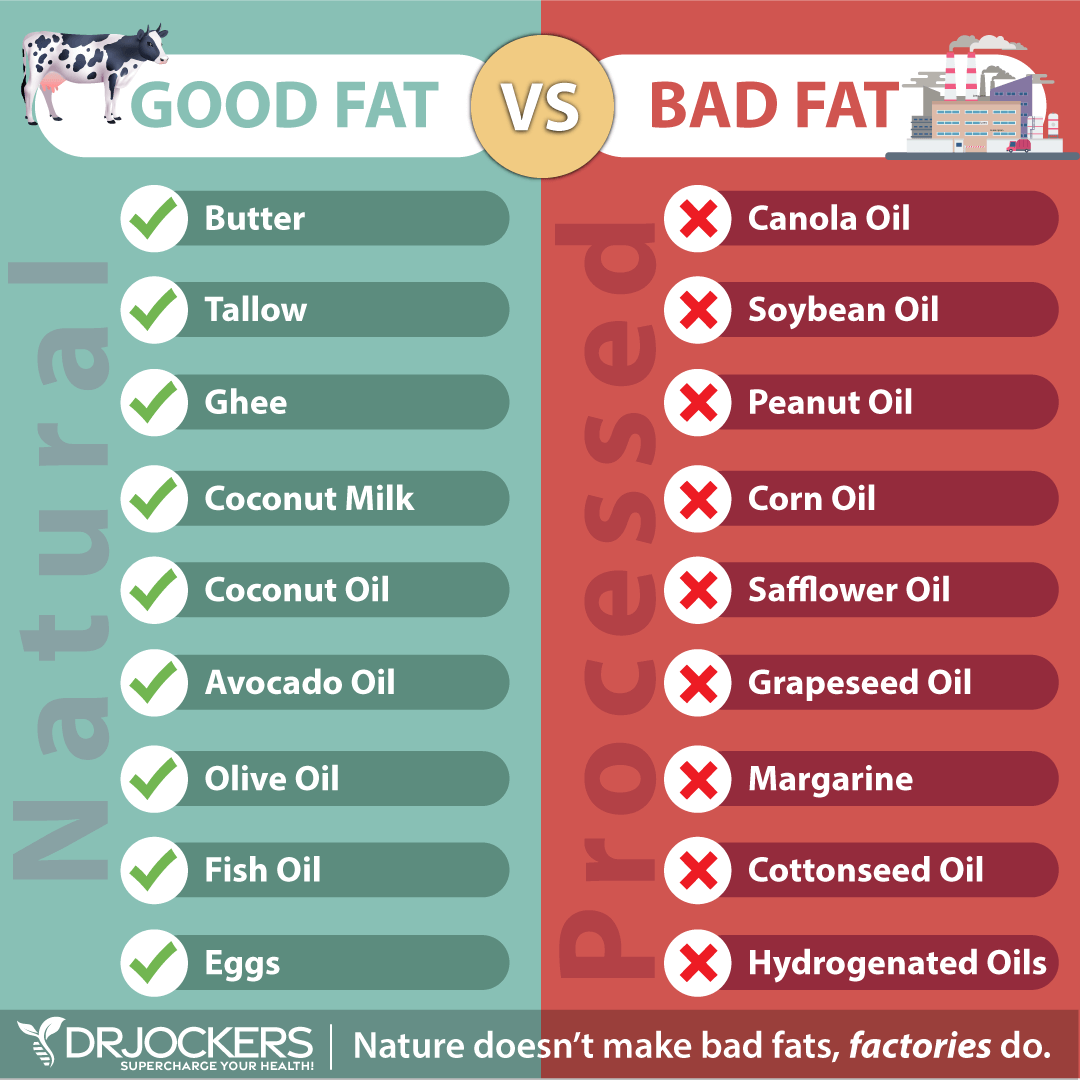
Practice a Gentler Form of Intermittent Fasting First
I recommend that you don’t jump into OMAD right away, but practice a gentler form of intermittent fasting first. Start with Crescendo Fasting and build your fasting muscle up first before doing a more aggressive fasting regimen like OMAD.
If you start with Crescendo Fasting, you will be fasting only on 2 or 3 non-consecutive days a week following a 16:8 rule, fasting for 16 hours and keeping your eating window at 8 hours. Gradually, you can increase your fasting window and decrease your eating window until you can comfortably eat the OMAD way. You may also gradually increase the number of fasting days if you want to practice OMAD daily. You can learn more about Crescendo Fasting here.
OMAD is also not something you have to do every day. While some people love it and notice increased benefits from following OMAD daily, you can benefit from OMAD even if you decide to do it only every other day, or once or twice a week. Listen to your body, go slow, and do what feels right for you.
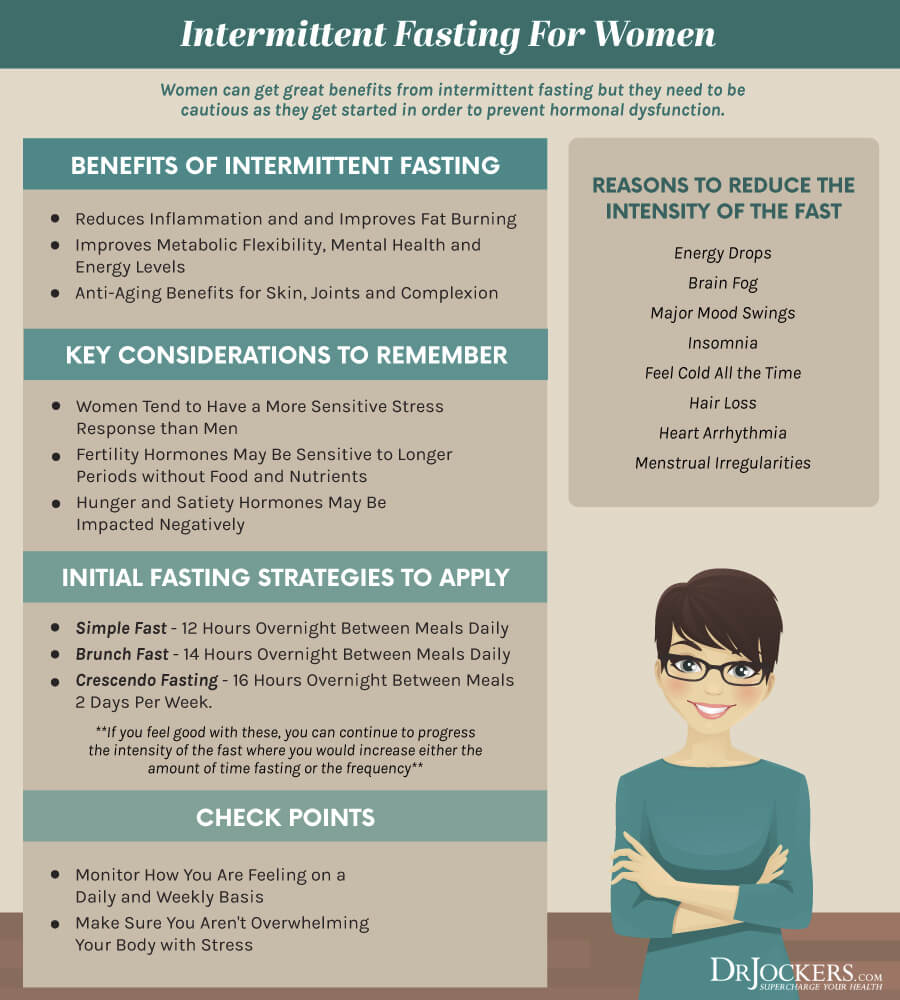
Hydrate Well During Fasting Window
Proper hydration is extremely important during your fasting window. During the fasting period, your body may lose extra water when using up stored glycogen from your liver and muscles. As your insulin levels drop during your fast on OMAD, your body also excretes more sodium than normal and leads to more water loss. Dehydration is a serious concern that can lead to a variety of health issues, including fatigue, headaches, and impaired cognitive function (13, 14).
Besides avoiding dehydration, drinking plenty of water can also suppress your appetite and get you through the fasting period. Drinking enough water can also help weight loss if that’s your goal with OMAD (15).
I recommend drinking at least 32 oz of water upon waking, then drinking water continuously during the wake hours of your fasting windows. You may also add herbal teas in the evening or as you feel like it throughout the day. It is important to be prepared, so carry around a water bottle all day.
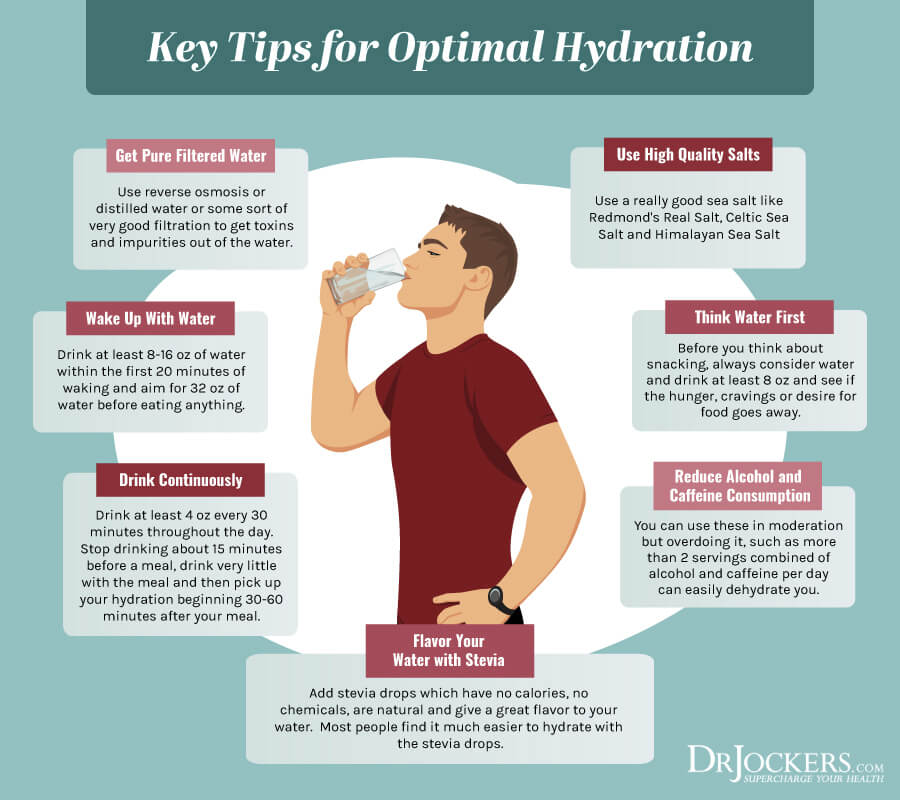
Eat Nutrient Dense Foods Until You Are Full
The goal of the OMAD diet is to imitate the feast and famine cycle that our ancestors experienced. As you’ve learned earlier, our ancestors didn’t eat three times a day, but enjoyed a feast when there was a successful hunt, and adapted to famine the rest of the time. The 23-hour fasting window on OMAD mimics the famine period, and your 1-hour eating window is your feast. Therefore it is crucial to eat enough calories during this eating window.
But it’s not only about calories. The goal of OMAD is increased health. To achieve your goals and repair your body, you have to focus on nutrients instead of filling up junk food. Eliminate refined sugar, processed foods, and artificial ingredients, but focus on nutrient-dense, anti-inflammatory foods. Don’t fill up on one food group too fast, it may lead to missing out on some key nutrients. Instead, make sure that your meals are balanced, nutrient-dense, and diverse with the right macro-ratio and plenty of micronutrients (16, 17).
Make sure to eat plenty of healthy fats from coconut oil, avocados, grass-fed ghee and butter, coconut oil, olives, and extra-virgin olive oil, good quality protein from grass-fed meat, free-range poultry, wild-caught fish, and wild game, antioxidants from non-starchy vegetables, greens, low-glycemic index fruits, and herbs, and fiber from nuts and seeds. Don’t deprive yourself. Make sure you eat until you are full. Read this article for further guidance on nutrient-dense foods.
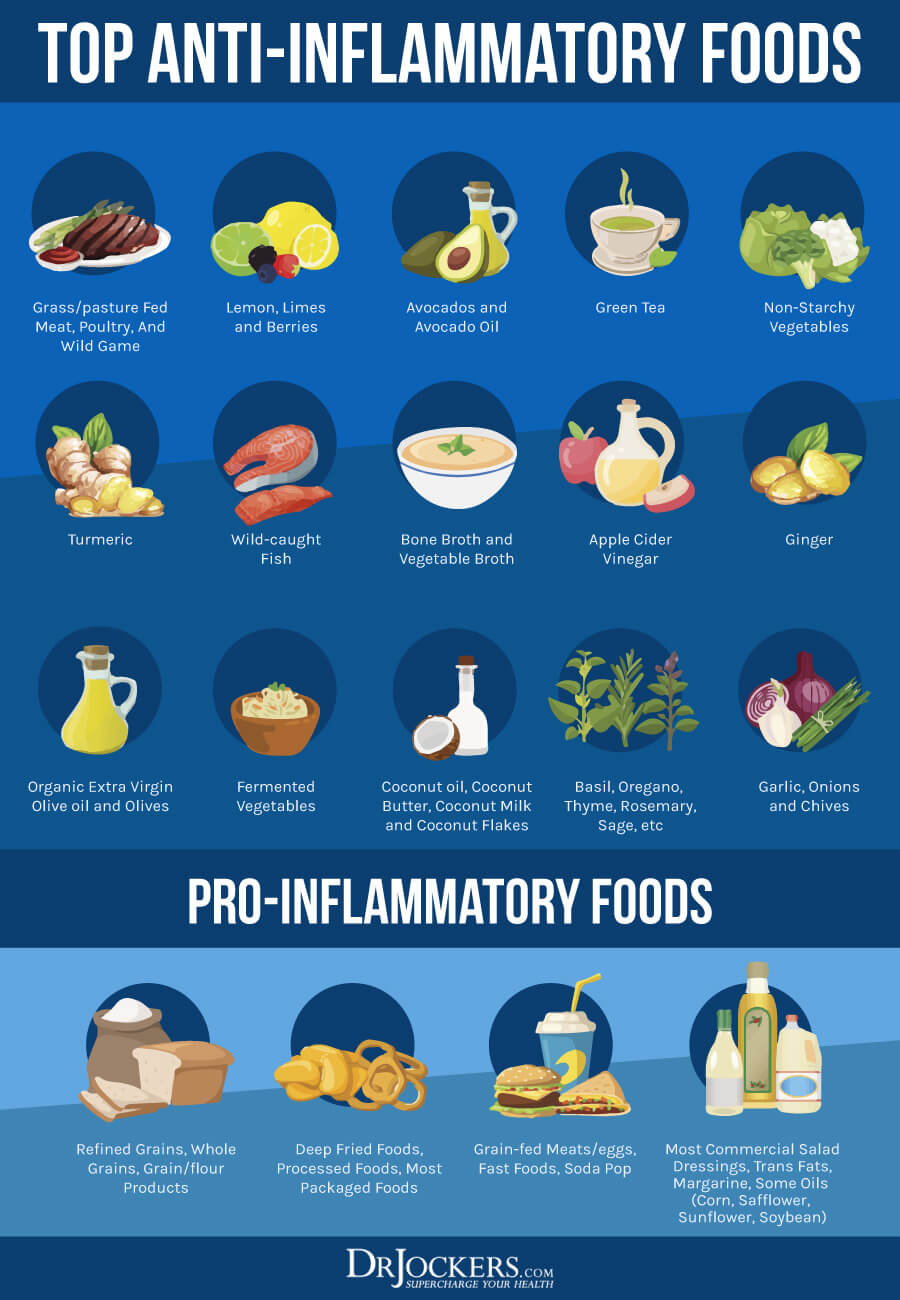
Use Digestive Support For OMAD
Eating a larger meal that you’ve been used to may be difficult for your system at first. When you allow your digestive system to rest all day, it can be hard to rev it up all at once for a large meal. I recommend using some lemon, lime or apple cider vinegar in water before the meal to help get the digestive juices flowing. It is also good to put these on your food as well.
If you check out the graphic below, I give a number of strategies to follow including using some fermented vegetables like sauerkraut or pickles with your meal to aid digestion. It is also a good idea to consume your protein foods such as meat early in the meal so it will drop to the bottom of your stomach and get the highest concentration of stomach acid activity.
It is important that you support your digestive system with some high-quality supplements on OMAD. Taking digestive enzymes can help your body to digest your food and absorb your nutrients more easily and more effectively. I recommend taking Super Dzyme which is a powerful group of plant based enzymes to help the body digest and assimilate nutrients better.
We know that stress is the antagonist to good digestive juice production and is the biggest factor to causes digestive challenges. It is important to be in a relaxed state when you consume your meal so that your body can produce the digestive juices it needs.
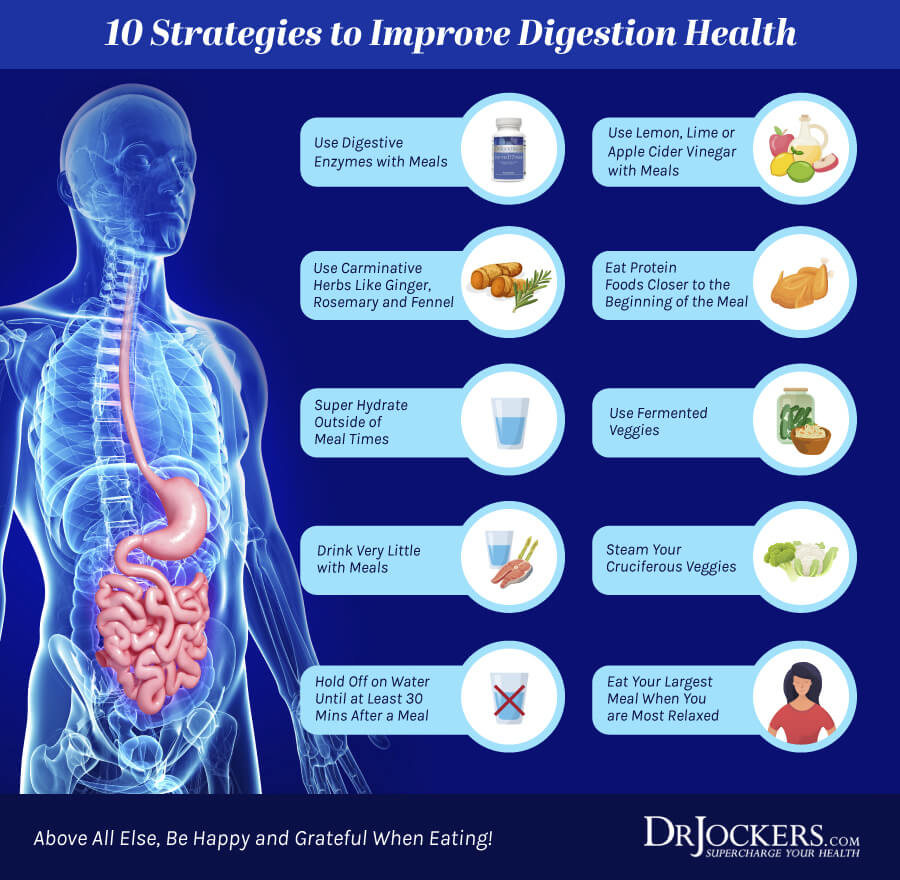
Consider Our Fasting Stress or Detox Support Bundle
To maximize the benefits of your OMAD diet and make your experience with OMAD easier, I recommend you consider our Fasting Stress Support Pack or Detox Support Bundle.
The Fasting Stress Support pack includes Brain Calm Magnesium, Multi Mushroom Daily, and Cortisol Defense. This is great for those who are new to fasting and individuals who struggle with high cortisol and hypoglycemia when they fast.
The recommendations for this are to take 1 cap of the Multi Mushroom Daily in the morning and mid-day in water, 2 caps of the Brain Calm Magnesium in the morning, 2 caps mid-day and 2 caps in the evening and take 1 cap of Cortisol Defense mid-day and 1 cap in the evening.
We priced this pack out in order to provide over 15% savings off of the regular retail rate.

The Fasting Detox Pack
The Fasting Detox Support pack is designed to help individuals who struggle with endotoxemia induced inflammation on their fast. This includes Oxy-Powder, BioActive Carbon BioTox, and Super Glutathione.
This product pack is exceptional for helping improve bowel motility and colon cleansing while binding to endotoxin debris that is in circulation. The glutathione protects the cells, mitochondria, and DNA from oxidative stress and supports the process of autophagy for optimal cellular cleansing.
We priced this pack out in order to provide over 15% savings off of the regular retail rate.
The Fasting Transformation Book
If you want to improve your metabolic health and burn fat, improve your brain and overall energy levels…intermittent and extended fasting are incredibly powerful strategies.
That is why I want to introduce you to my best-selling book, The Fasting Transformation. It goes into the most recent scientific research and strategies for implementing intermittent and extended fasting into your life.
This book is the best book on fasting the world has ever seen and I have read them all! It is now, my great honor to present this to you and I am deeply appreciative of your support!
Metabolic Autophagy & Cellular Healing Masterclass
Autophagy is the body’s innate mechanism for deep cellular healing and repair and it helps us reduce the effects of aging, inflammation and cellular damage.
The Nobel Prize in 2016 was awarded to the Japanese researcher Yoshinori Ohsumi for his breakthrough work in helping us understand the process of autophagy and how it works. If you are struggling with your health or desire to optimize your health, activating the appropriate amount of autophagy is a critical component.
This masterclass will give you in-depth video trainings along with image-rich, research-based guides to help you understand the tools and strategies to unlock your body’s dormant healing potential. You will also learn my signature 6-week Metabolic Reset Cycle that will show you how to utilize advanced nutrition strategies for deep cellular healing!
Check out the masterclass here where you will learn my best action steps for optimal healing!
If you want to work with a functional health coach, I recommend this article with tips on how to find a great coach. Our website offers long-distance functional health coaching programs with our world-class team of health coaches. For further support with your health and other goals, just reach out—our fantastic coaches are here to support your journey.


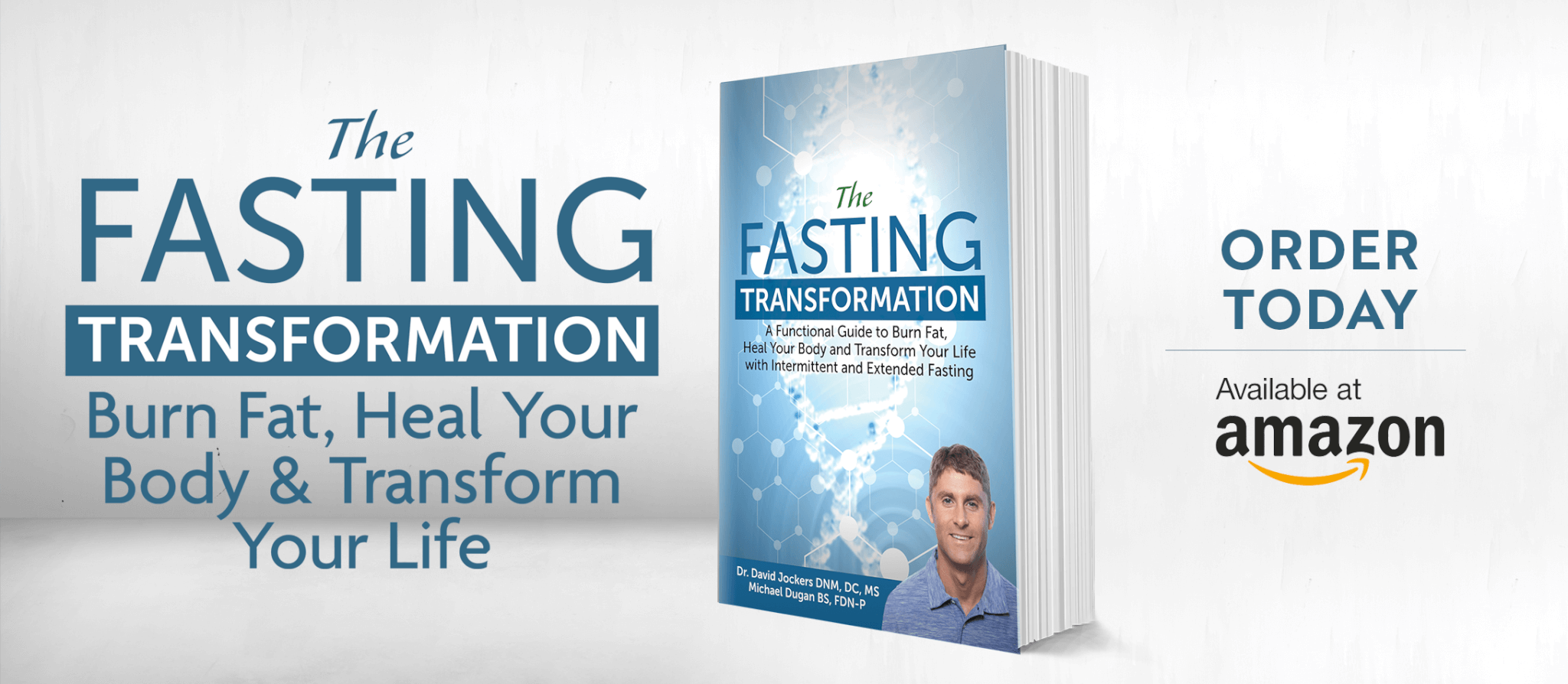
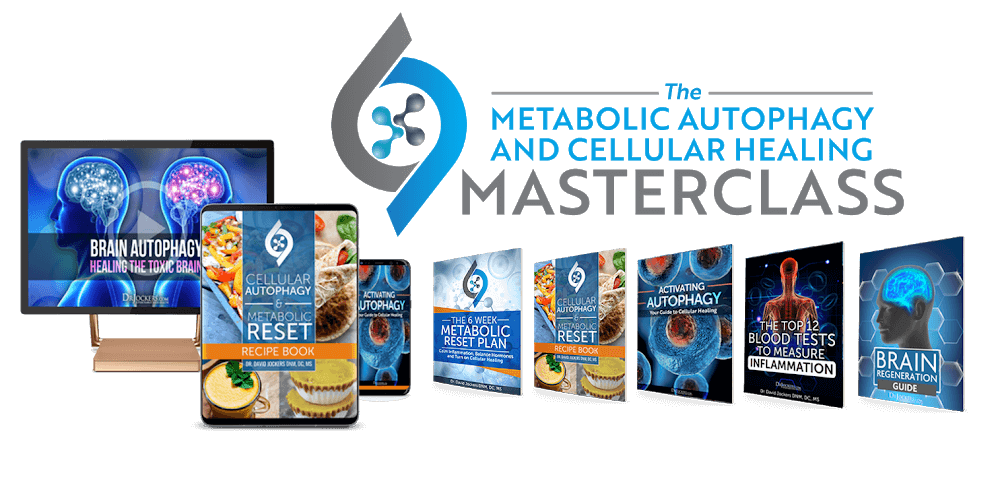



It’s all good. We follow a “sorta” keto life style. No gluten, sugar, low on carbs and processed foods. It seems impossible to eat all the good stuff in one meal, thus the need to rely on supplements, which to me is unnatural.
Hey Judy, This article explains why OMAD is beneficial and why some people may prefer this diet. It sounds like you have found the right dietary balance that works for you. Blessings!
Best article I’ve read to date on omad
Thank you Susie!
Very informative article. Thank you, Dr. Jockers. One question: Is it acceptable to drink coffee with heavy whipping cream and cacao during this type of fasting?
Hey Julianna, Combining healthy fats with coffee can help people avoid hunger in long fasting windows. This article offers tips on intermittent fasting: https://drjockers.com/best-intermittent-fasting-strategies/
Thank you Dr. Jockers for this great and informative article on OMAD!!! I have friends that are on this diet and they are eating very healthy. However, they are eating the meal at 12:00AM every day. How do you feel about this? Thank you and God bless you and your family!!!
Hey Oanh, I don’t think eating a meal at midnight is a good idea at all. Much better to do the meal at some point during the day!
For How long can a person do this type of diet? Would a month be too long? If one needs to loose a good 30 pounds, would it be harmful? If the person lost the pounds would they gain it back after going back to 3 meals a day? Have much exercise do you recommend for a prolonged period in this diet?
You can do this diet ongoing as long as you feel good and don’t lose too much weight. It is hard to say if you will gain weight back if you go to 3 meals a day. That would depend upon what you are eating, your activity level and your baseline level of insulin resistance.